This article was reviewed by Steve Snedeker, professional landscaper.
Adding a selection of foundation plants is a great way to add curb appeal to your home. These are shrubs, small trees, and flowers that you plant close to the foundation of your house, creating a softening between the horizontal expanse of your yard and the vertical reach of your home. This makes your home more warm and welcoming and ties together the house with the landscaping around it.
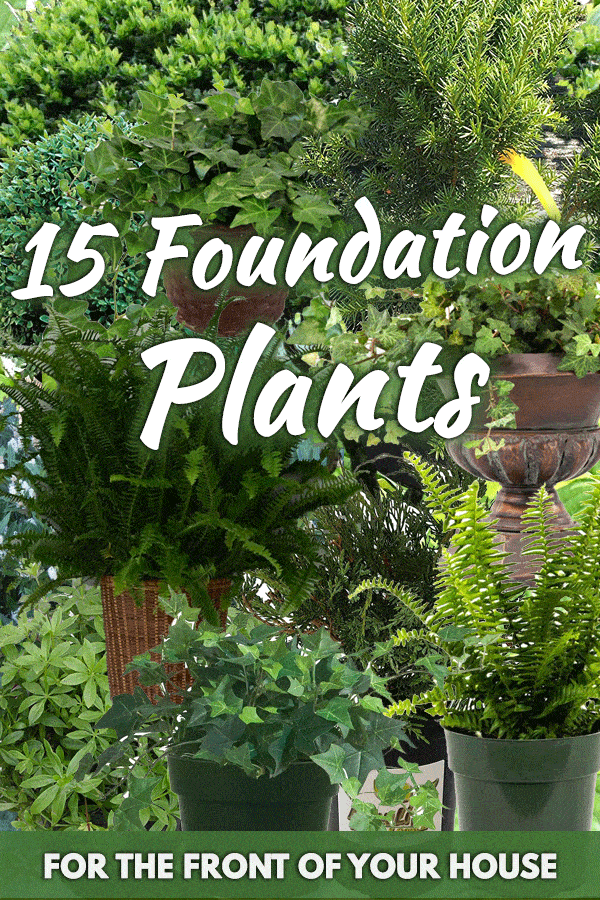
The most traditional foundation plant and one you're likely familiar with is an evergreen shrub. However, there are several different options to create a stunning array of foundation plants in front of your home. We've compiled a list of truly beautiful plants to help you create a showstopping landscape!
1. Cherry Laural
This Otto Luyken Cherry Laural is a great choice for a foundation plant. It's an evergreen, which gives you a solid leafy plant all year, and in the spring it produces white flowers. This shrub only grows 3-4 feet tall, which is perfect for adding interest without covering up windows. It also spreads to a width of 5-6 feet, allowing you to plant only a few of these shrubs and still get full coverage.
This plant is very hardy and will grow well in any amount of sunlight exposure, from full sun to full shade. It also is pretty resistant to most fungus and insect damage, making it a great low-maintenance choice. If you live in hardiness zones 6-8, this shrub would be perfect for your foundation garden.
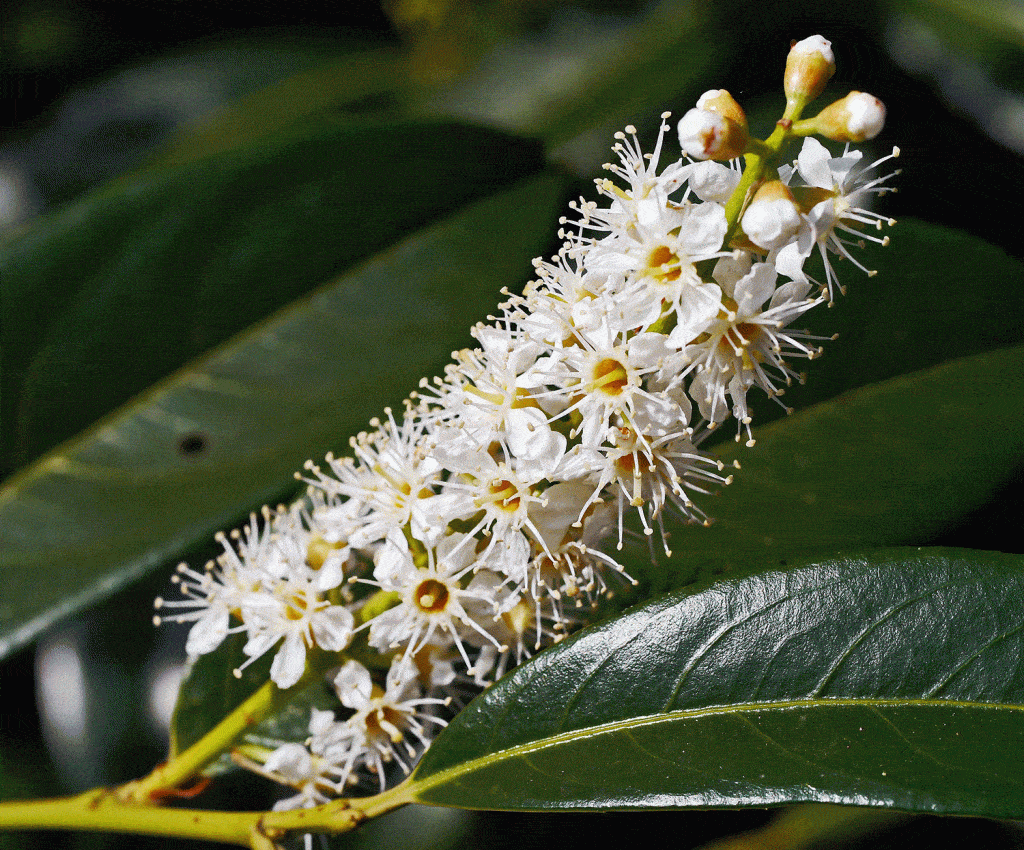
Find these amazing plants on Amazon here.
2. Curled Leaf Privet
This Ligustrum shrub, known as the curled leaf privet, is among one of the easiest to grow and care for. They're extremely adaptable and can be grown in either full or partial sun, and are good for growing in zones 5-10. The privet tolerates most soil types and can handle some salt in the soil, but be careful to not plant them near roadways that are treated with salt in winter so as not to overwhelm them.
They can tolerate drought, but they grow best when irrigated during prolonged dry spells. They need good drainage to avoid root rot that develops in wet soil. This is a great shrub for coverage that will grow up to 10 feet in height and 5-6 feet wide. You can prune this shrub, but to do so without harming the young flowers that start forming as soon as the previous bunch fades, wait until right after they bloom.
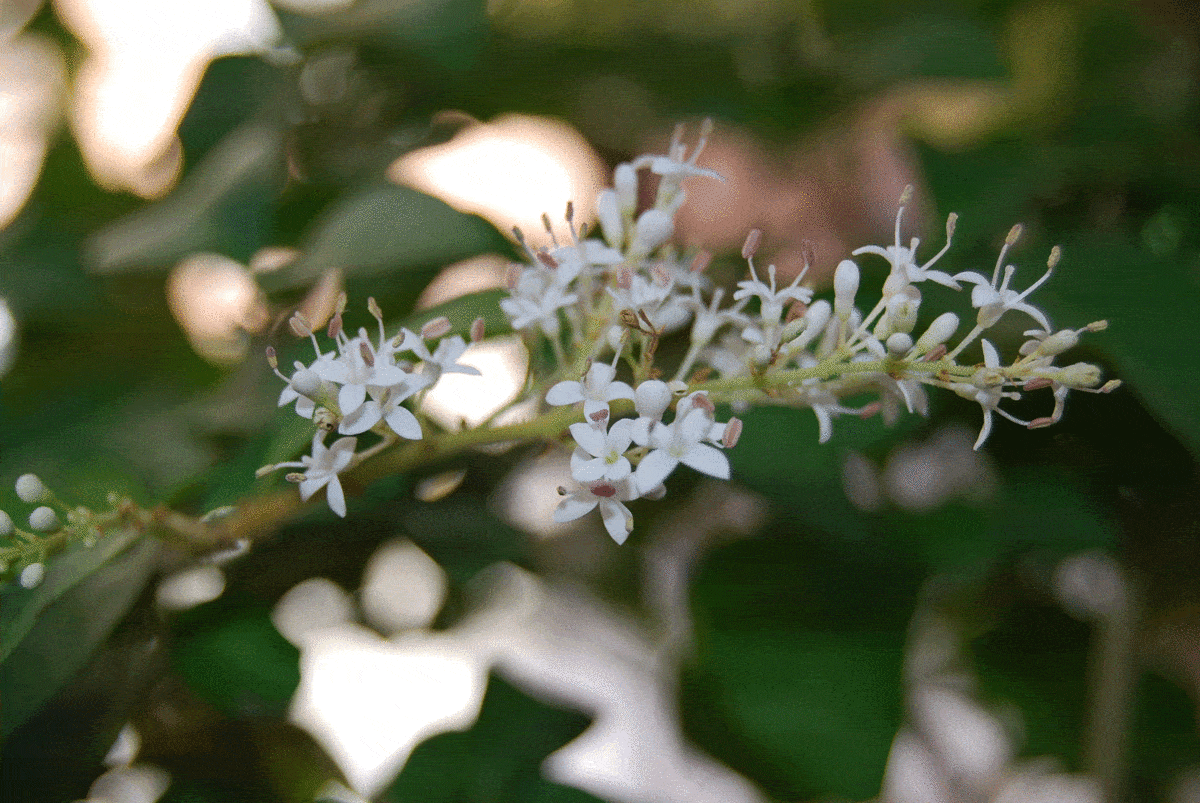
Find this shrub on Amazon here.
3. Wax Myrtle
The evergreen wax myrtle (Myrica cerifera) is a fast-growing hedge that's a popular choice in landscaping. This tree shrub thrives in full to partial sun and in zones 7-9, making it a hardy choice as well. This plant can endure a variety of soils, and handles salt well, making it an excellent addition to a foundation garden for a seaside home.
The wax myrtle grows as large as 8-10 feet tall and as many feet wide when left to spread out naturally, though it can be pruned to fit the space you want. Avoid pairing this plant with annuals and perennials, however, as they can cause root damage to the shrub. Wax myrtle produces berries that are a major food source for birds in winter, so if you enjoy bird watching plant these where you can see them from a window easily. They also produce a wonderful bayberry fragrance, making it a good choice for entrances and patios.
4. Yew
The Hicks Yew (taxus x media 'hicksii') shrub is another evergreen shrub that would make a great addition to a foundation garden in hardiness zones 4-7. Be warned, though, this plant is toxic to humans and animals if ingested. If that's not a concern, however, this hardy little shrub is drought resistant and gives an amazing amount of coverage. Once it matures this plant will have a height of 10-12 feet and a spread of 3-4 feet. These can be easily pruned into whatever shape you desire.
You do have to be careful of allowing the soil it's planted in to become too wet as it can cause root rot, and there are a few pests like weevils and mites that can damage it. This shrub loves sunlight, and does best with full exposure, though it will still grow in a bit of shade, just slower.

Find this plant on Amazon here.
5. Juniper
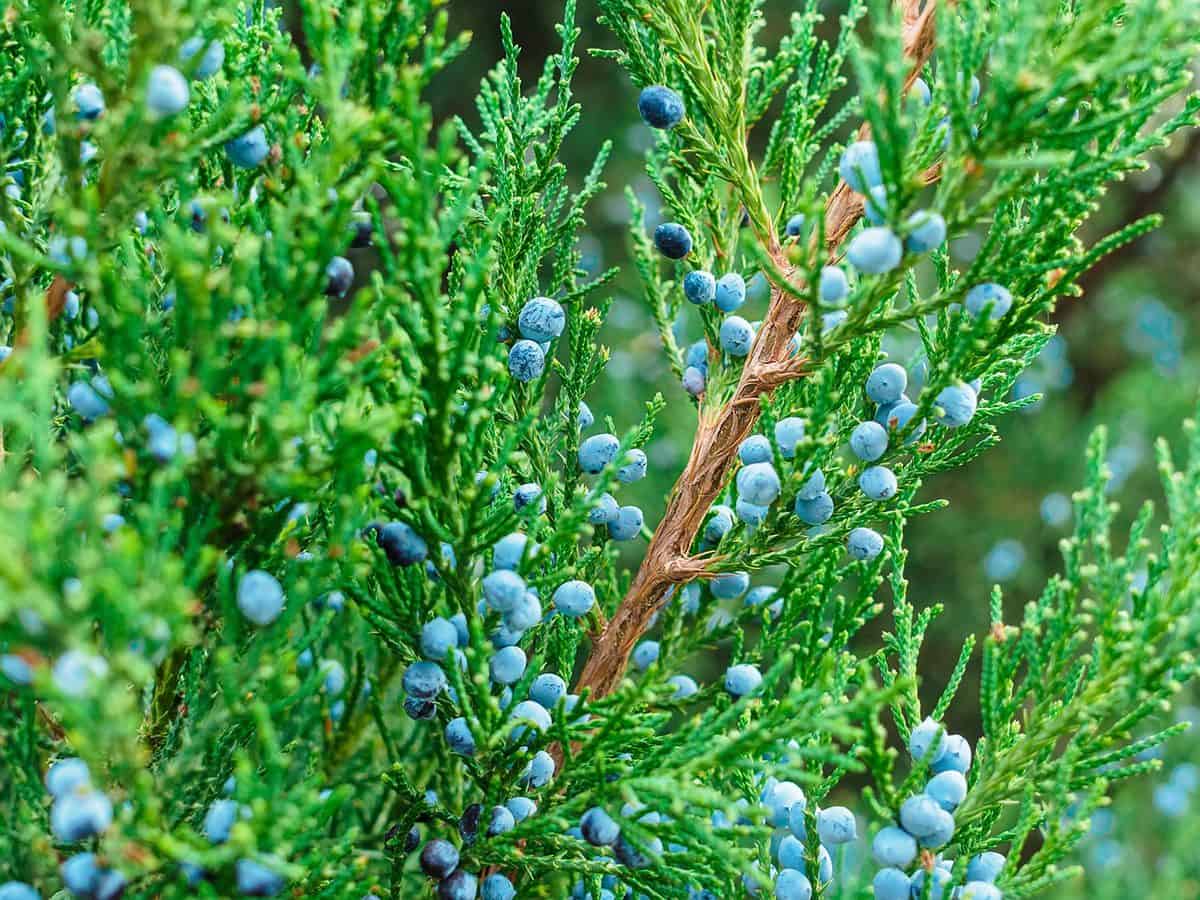
Juniperus plants, or juniper, come in many shapes and sizes. From ground coverage shrubs to tall trees, they can fit in your landscaping in a variety of ways. For a foundation garden, however, you'd likely want to stick with a shrub variety like the Grey Owl pictured above. These plants grow 3-4 feet tall and 5-6 feet wide, making them a great pick for foundation coverage. These work well in zones 4-9, and while they are typically silvery in color, but colder winters can give them a purplish tint.
The juniper plant is very hardy and can withstand a variety of soils and conditions depending on which specimen of juniper you chose. They also enjoy full sun or partial shade, but be careful of how much shade they are exposed to. If they are in too much shade they'll spread out their branches, warping the overall shape of the shrub irreparably.
You can find this Juniper shrub on Amazon here.
6. Boxwood
The boxwood, or buxus shrub, is a popular choice for more formal landscapes. They're evergreen and dense plants, allowing for shaping that creates a solid landscaping element. This shrub needs full or partial sun as well as well-drained soil and needs plenty of water in hot summers. During winter make sure this is protected from the wind, as the cold wind can cause bronzing of the leaves.
This particular shrub also appreciates mulching, and it's recommended to give it a 2-3 inch layer that spreads 12 inches past the foliage of the plant. Past this and pruning the shrub as it grows, boxwood is a fairly low maintenance plant, which only adds to its attractiveness for a foundation plant.
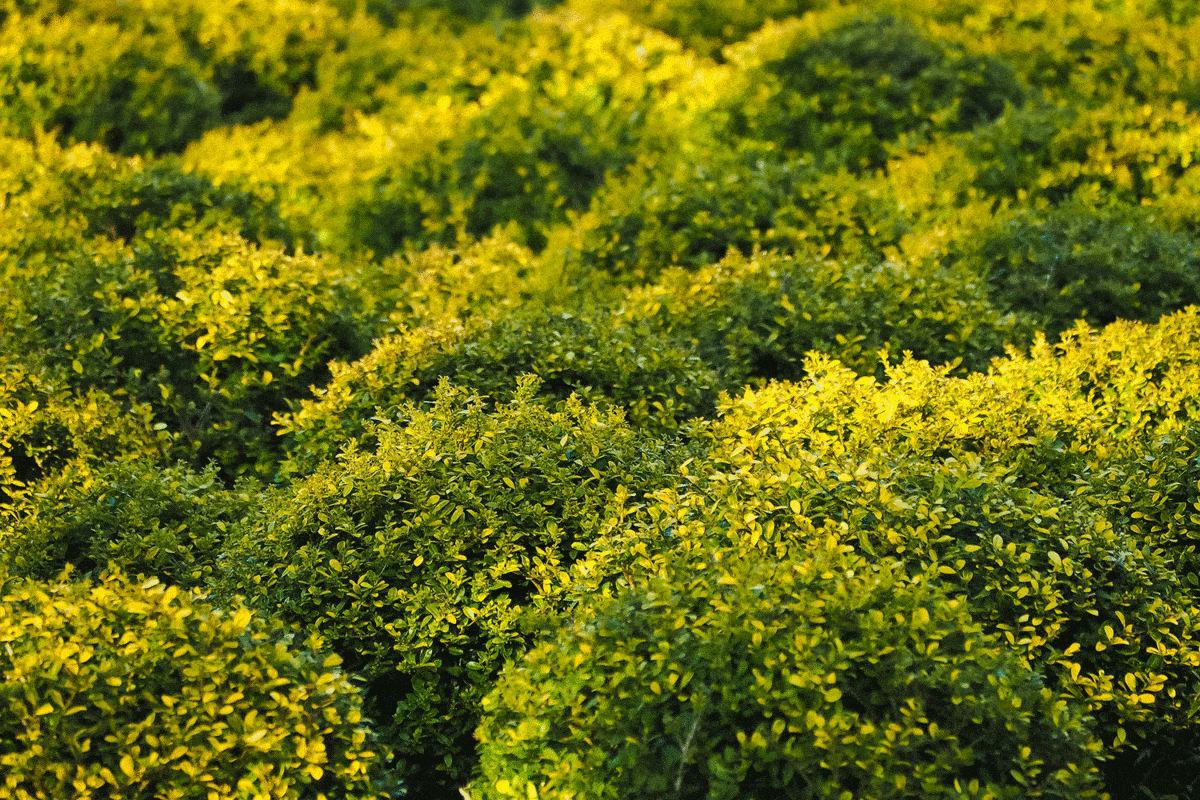
Find the boxwood plant on Amazon here.
7. Holly
The Holly (ilex) shrub is an iconic shrub in many foundation gardens and landscapes. The red berries are well known in winter, and in the summer the lush green leaves make a beautiful backdrop for blooming flowers. Plant these in either spring or fall to encourage the best growth. Well-drained, slightly acidic soil in full sun is this plant's favorite place to be. However, holly shrubs are adaptable and can make do in soil that isn't quite up to its standards.
If you want the bright red berries as part of your landscaping, make sure you purchase and plant the female variety of this plant as they are the only ones that produce them. You also need to make sure that a male is nearby to ensure berry production. These do best in zones 6-9, and mature to a height of 4-10 feet with a width of 4-8 feet. Prune your holly shrub in the winter to keep it the size and shape you desire.

Find this plant on Amazon here.
8. Hostas
Hostas are not the shrubs previously discussed, but these plants are mighty foundation plants in their own right. They have great foliage and they're easy to take care of, making them an ideal choice for a low maintenance garden. There are many varieties of hosta, and it's a good idea to research your specific plant. For information on specific varieties, click here.
Sunlight requirements vary, but a good rule of thumb is the lighter the color of your particular hosta, the more sun it needs. A hosta needs rich, slightly acidic soil that has good drainage to prevent root rot and other fungal issues. Slugs and deer are also threats to these beauties, but a scattering of sand and some daffodils planted around the hostas will protect them from both.
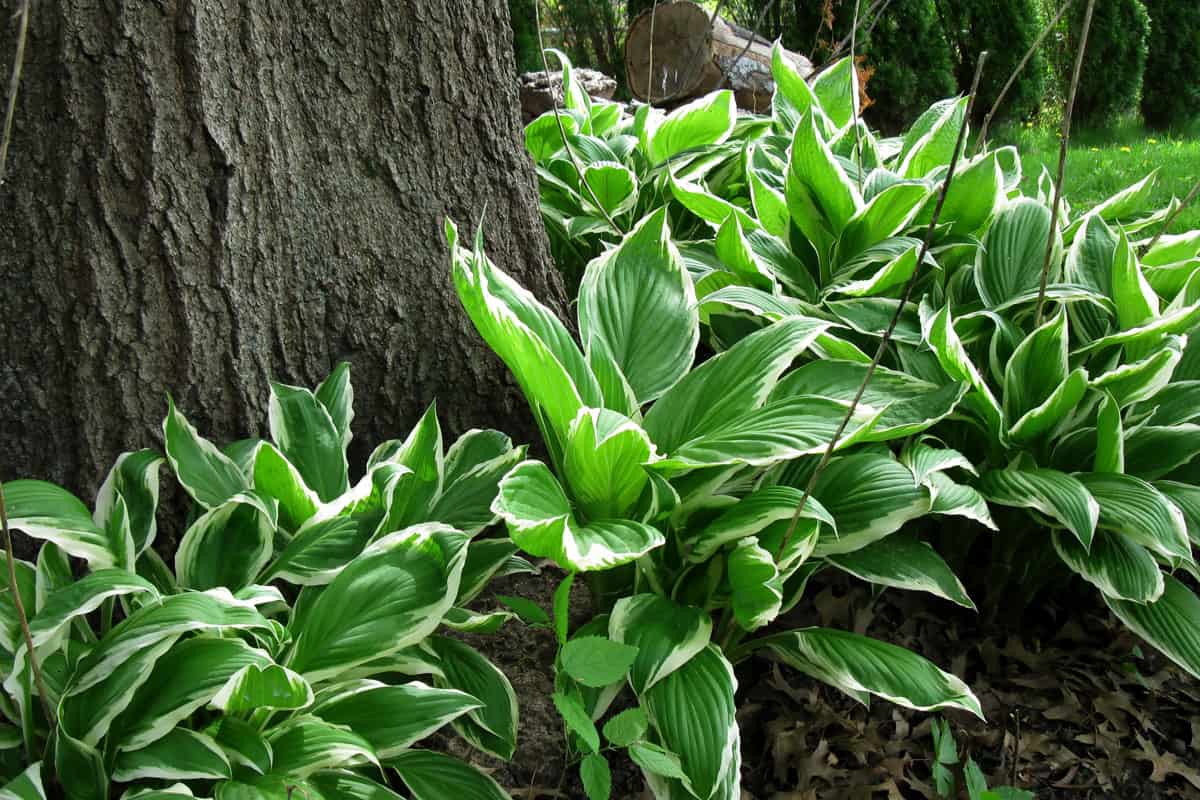
Find Hostas on Amazon here.
9. Ferns
Ferns are another great foliage plant that works well in a foundation garden. These are really hardy plants that can withstand a number of environmental hardships. They do best in rich, well-drained soil with a good amount of organic materials to help feed them nutrients.
Ferns, in general, can grow beautifully in zones 2-12, but some species need certain climates, and it's always a good idea to double-check before purchasing a fern. The Kimberly Queen fern pictured above, for instance, can't withstand freezing temperatures and wouldn't survive in colder zones. Ferns can also vary in size, growing anywhere from 3 feet to 5 feet wide.
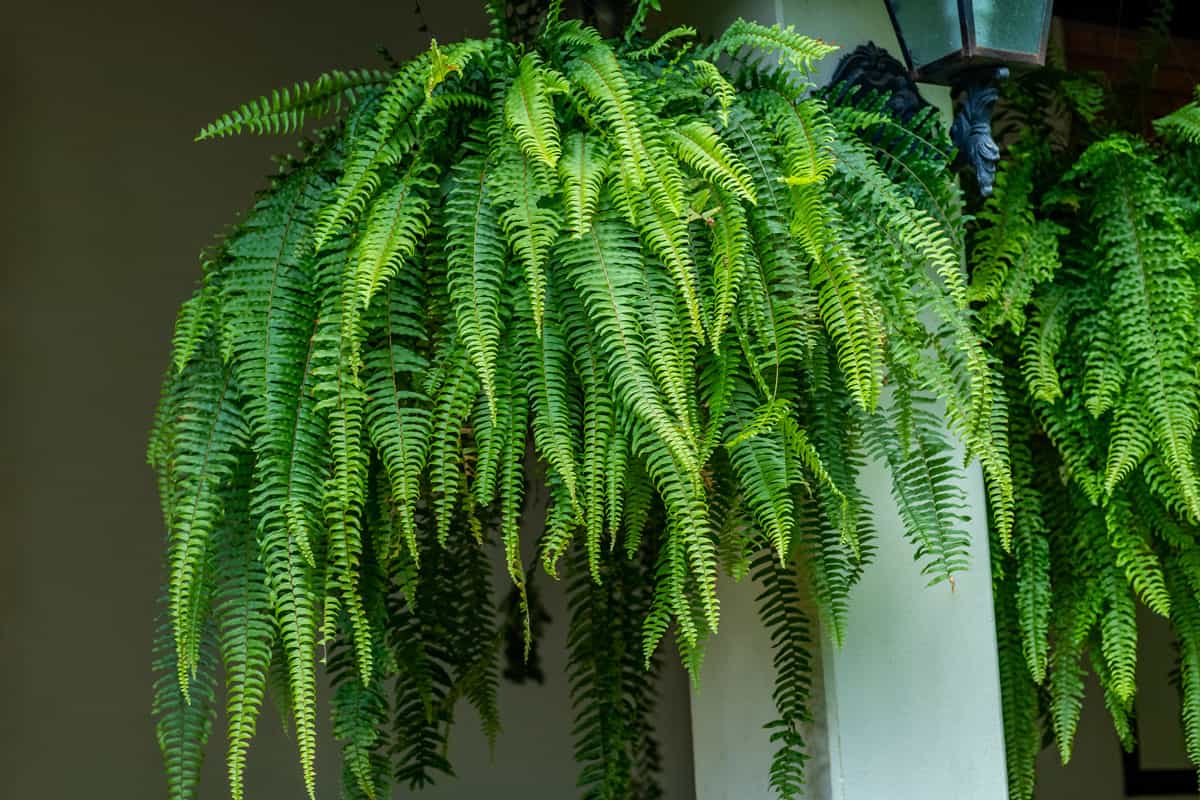
Find this fern on Amazon here.
10. Dogwood Tree
Trees are another great addition to a foundation garden. The dogwood tree (Cornus Florida) is a popular choice, and they produce flowers ranging from red to white. In the summer they have beautiful green leaves, and in autumn they fade to reddish-purple, making this a multi-seasonal tree. These trees are delicate and do need some protection from extreme elements, which is something to consider when planting.
Dogwood trees do best in partial shade and will need frequent watering if exposed to hot conditions and do best in the 5-9 hardiness zones. They aren't picky about soil conditions but do best in rich, well-drained, slightly acidic soil.

Find this Dogwood tree on Amazon here.
11. Japanese Maple
Japanese maples (Acer palmatum) are a favorite for foundation gardens, and it's not hard to see why. Their lacy leaves and brilliant colors make a gorgeous addition to a garden and their 8-10 feet of mature height adds to the dramatic look. These grow best in hardiness zones 6-8, and they prefer a spot with full sun or partial shade. However, if you're in a hot climate, full sun may cause scorching of the leaves on the Japanese Maple, so take that into consideration before planting. This tree isn't picky about its soil, so long as it's well-drained. Add a little mulch and prune it a bit in late winter. For the most part, you can leave it alone, making it a very low maintenance addition to your landscaping.
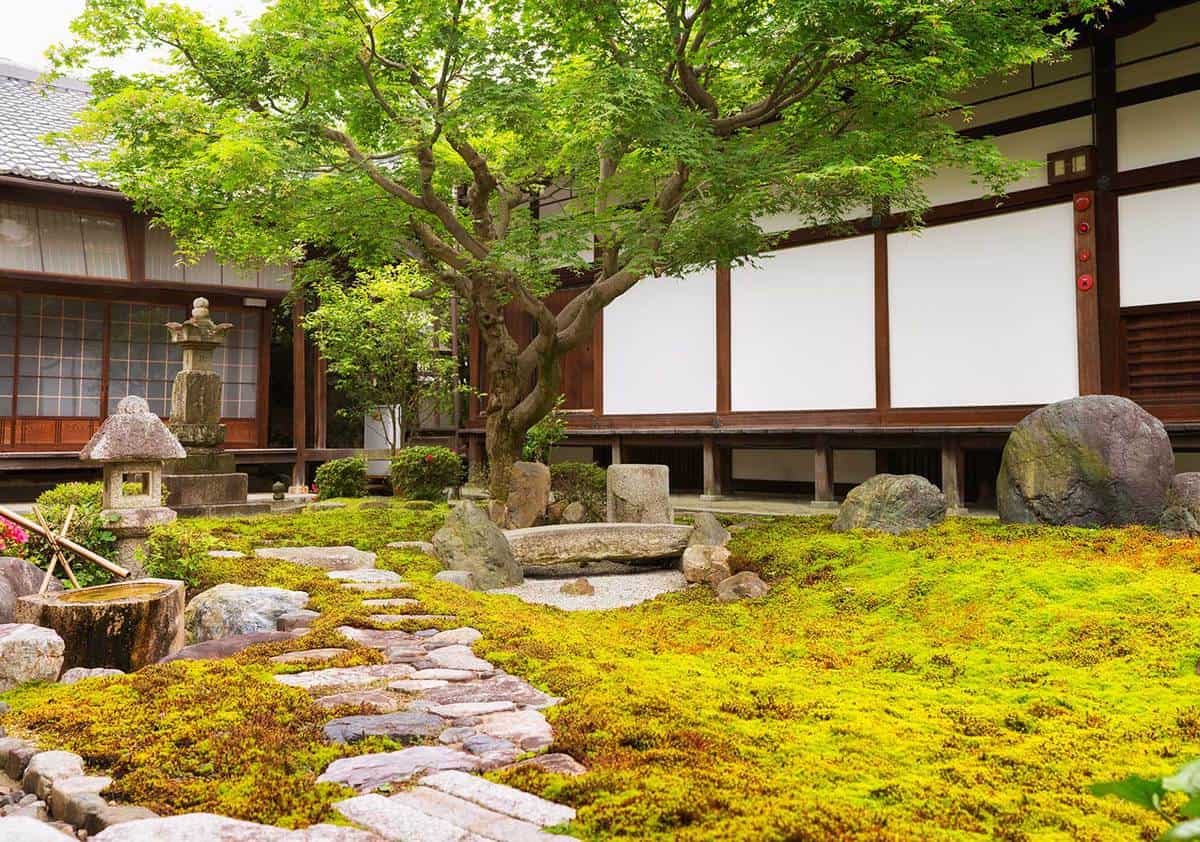
Find this tree on Amazon here.
12. Crepe Myrtle
The crepe myrtle (lagerstroemia) is a great tree for a foundation garden. These are really easy to grow in their preferred hardiness zones (9-7) and are a favorite in the south. They need a sunny spot to grow, and as long as their soil is well-drained they are adaptable to pretty much any variation.
These trees can grow up to a height of 8-12 feet with a similar width. You can prune the crepe myrtle, but if you're limited on space consider a dwarf variety to prevent the urge to overdo it. The pruning of crepe myrtles can be tricky, so be sure to learn exactly how to do it with a guide like this one.
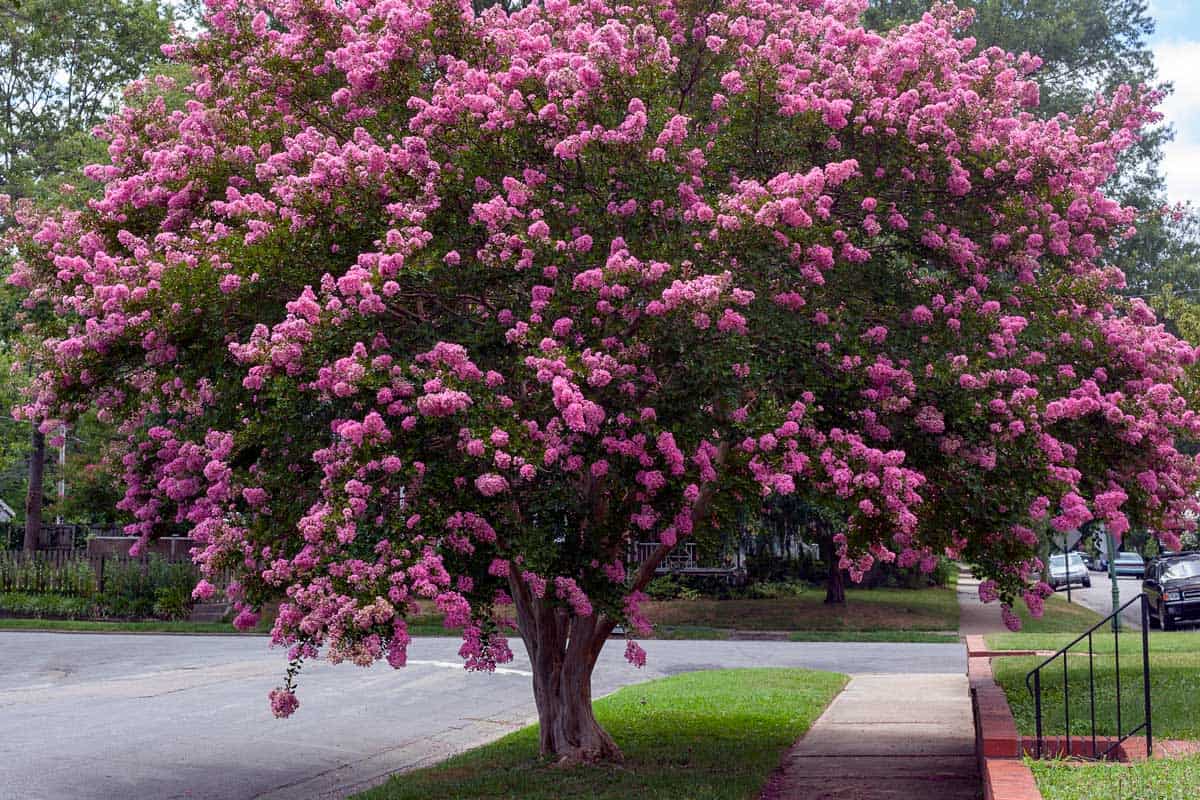
Find this beautiful tree on Amazon here.
13. Star Magnolia
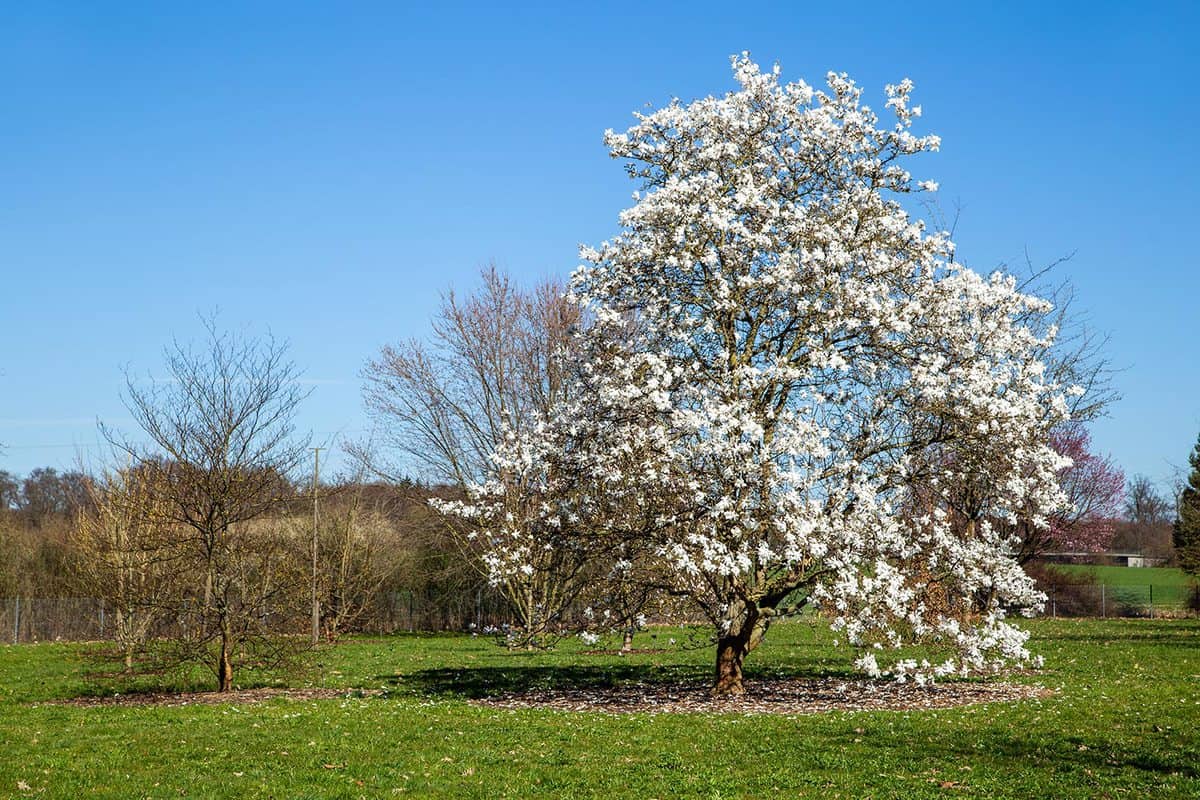
A Star Magnolia (Magnolia stellata) is a pretty tree that's native to Japan, but it looks great in gardens here as well. This tree grows best in zones 5-8 and prefers acidic, well-drained soil. Full sun is great for this tree, though if you're in a hotter area you may want to consider partial shade to protect the tree from scorching.
This isn't a tree to surround with other plants, as it likes its space and needs room to spread out. Adding mulch is great for helping to retain water, and extra mulch in the winter ensures more blooming.
Find this Star Magnolia tree on Amazon here.
14. English Ivy
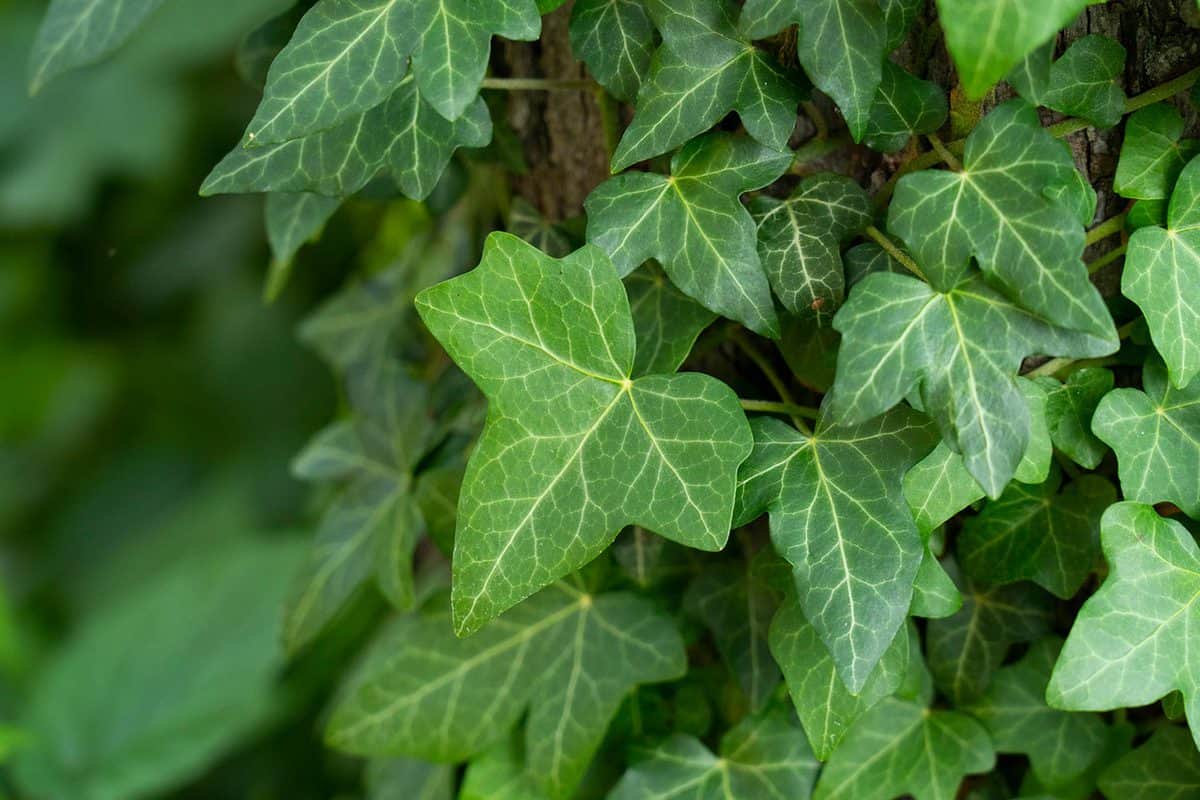
English Ivy (Hedera helix) is a wonderful ground cover plant for a foundation garden. These plants grow best in zones 4-9 and prefer shady areas with rich soil. Adding compost to the planting area of English Ivy helps ensure the best growth. These plants need anywhere from 1-2 feet of space when being planted, and the closer together you place them the quicker you'll have coverage. These are really low-maintenance plants and they need very little care beyond the occasional pruning to rejuvenate them.
Find English Ivy on Amazon here.
15. Sweet Woodruff
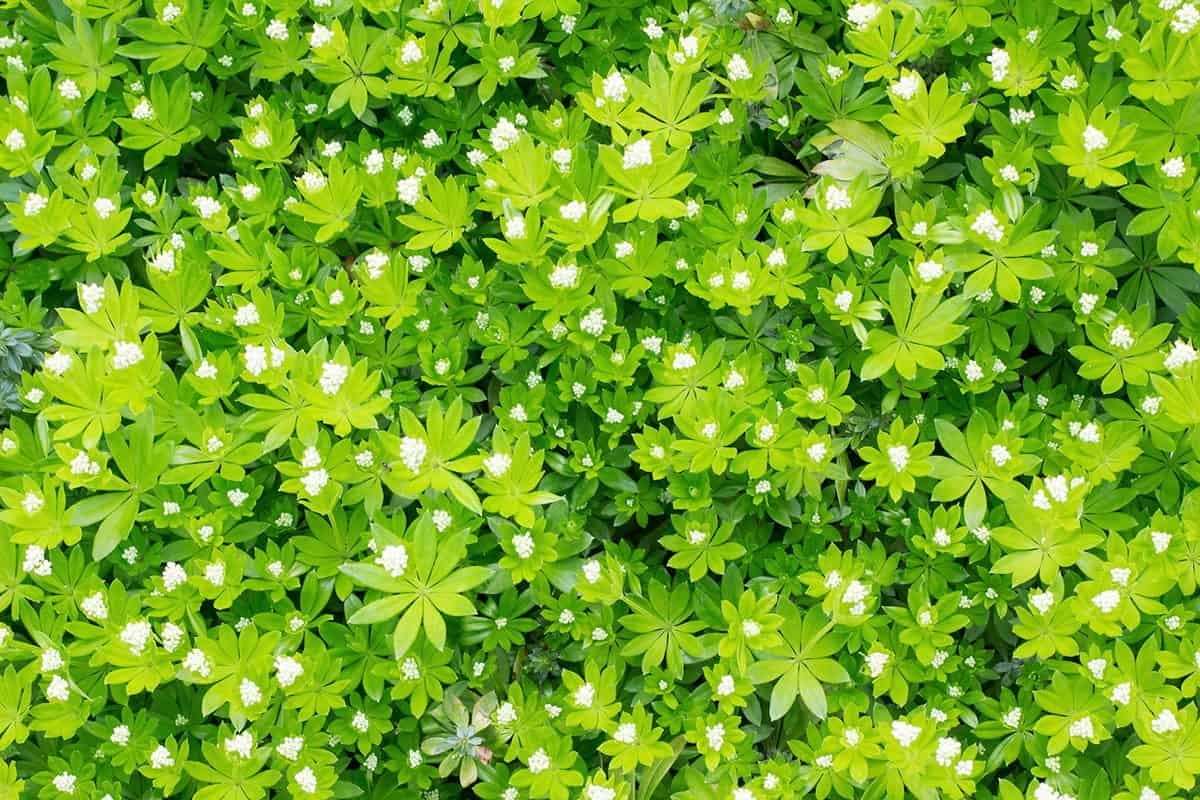
Sweet Woodruff (Galium odoratum) is another good ground covering plant. This needs a shady area with moist soil and does best in hardiness zones 4-8. It produces a fresh smell, making it a great choice for entryways. This plant can quickly become invasive, so be mindful of that when planting it. This doesn't do well in droughts, so be prepared to do some extra watering in dry spells. Other than that, however, sweet woodruff is fairly easy to care for and makes for a wonderful addition to a foundation garden.
Find this ground cover on Amazon here.
Making Your Foundation Gorgeous
As you can see, there are several options listed for you to choose from to include in your foundation garden. Use any of these plants for a showstopping landscape around your home's foundation, and enjoy the beauty you've created!
More Plant Lists!
Planning your future garden? We think you may find these lists useful too -
14 Plants for Shallow Soil and Shade That You Should Try














